
Falls among the elderly are a big concern for the UK’s National Health Service (NHS) and social care sector. Falls can have significant repercussions, including injuries, hospitalisations, and a decline in overall health and independence. However, technological breakthroughs provide intriguing answers for reducing the risk of falls and improving outcomes for vulnerable individuals. This article looks at how technology is being used in the UK’s NHS and social care settings to prevent falls, improve safety, and promote well-being in older individuals.
IoT sensors for fall detection.
IoT (Internet of Things) sensors have emerged as an effective technique for detecting falls in healthcare settings. These sensors, strategically positioned around a home or care facility, can detect rapid changes in movement or direction, which could indicate a fall. Real-time notifications are then given to carers or healthcare experts, allowing for timely aid and intervention.
Wearables with Fall Detection Features
Wearable gadgets, such as smartwatches and fitness trackers, have fall detection capabilities that can automatically detect falls and notify selected contacts or emergency services. These gadgets provide individuals with an additional degree of safety and security, particularly while they are alone or away from carers.
Radar-based Fall Detection
Radar-based fall detection technology provides accurate and non-intrusive monitoring, continuously detecting falls and reducing false alarms. It enables remote monitoring, independence, and is both cost-effective and scalable. Integrating IoT optimises the safety of individuals in all care settings, making it a versatile and effective fall prevention solution.
Environmental Monitoring Systems
Environmental monitoring systems use cameras, motion sensors, and other technologies to constantly monitor the surroundings for potential fall risks. These devices can assist avoid falls by identifying barriers, slippery surfaces, and crowded areas, resulting in safer living environments for older individuals.
Telehealth Consultations for Fall Prevention
Telehealth consultations allow older persons to receive fall prevention information, examinations, and exercises remotely. Individuals can receive personalised coaching and support from healthcare specialists via video conferences to enhance their strength, balance, and gait, lowering their risk of falling and promoting healthy ageing.
Medication Management Systems
prescription management systems use technology to assist people stick to their prescription regimens and avoid adverse drug responses, which can raise the risk of falling. Automated reminders, pill dispensers, and medication reconciliation programmes help to ensure that prescriptions are taken exactly as prescribed, lowering the risk of falls caused by drug errors or interactions.
Data Analysis for Fall Prevention Strategies
Data analytics technologies examine trends and patterns in fall-related accidents to discover underlying causes and inform targeted fall prevention initiatives. Healthcare practitioners can use data from IoT sensors, wearable devices, and electronic health records to develop evidence-based treatments that prevent falls and improve outcomes.
Collaborative Care Coordination Platforms
Collaborative care coordination platforms improve communication and collaboration among healthcare providers, carers, and older individuals in order to avoid falls and increase safety. These platforms allow for the sharing of fall risk assessments, care plans, and interventions, ensuring that all stakeholders are informed and engaged in fall prevention activities.
To summarise, technology has the potential to transform fall prevention efforts in the UK’s NHS and social care sector. Healthcare professionals and carers can efficiently identify and minimise fall risks, increase safety, and improve outcomes for older persons by utilising innovative technologies such as IoT sensors, wearable devices, AI-powered risk assessments, and virtual reality training. Adopting technology-driven approaches to fall prevention is critical for lowering the burden of falls on individuals, families, and healthcare systems, eventually encouraging healthier, more independent ageing for older adults in the United Kingdom.
Related Articles
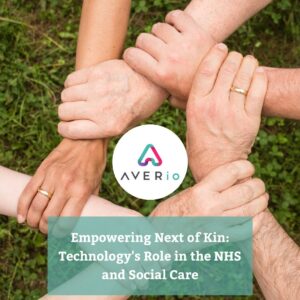
Empowering Next of Kin: Technology’s Role in the NHS and Social Care.
In the National Health Service (NHS) and social care sectors of the United Kingdom, next of kin play an important role in supporting their loved ones’ well-being and care needs. Historically, this responsibility has been fraught with issues such as

Promoting Independence for Older People
As the population ages, the National Health Service (NHS) and the social care sector have become more aware of the importance of promoting independence for older people. Encouraging older people to keep their autonomy and self-sufficiency improves their quality of
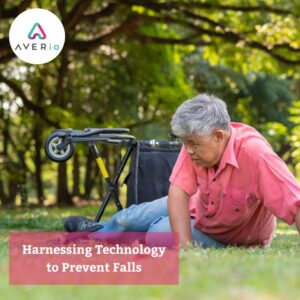
Harnessing Technology to Prevent Falls: Advances in the UK NHS and Social Care
Falls among the elderly are a big concern for the UK’s National Health Service (NHS) and social care sector. Falls can have significant repercussions, including injuries, hospitalisations, and a decline in overall health and independence. However, technological breakthroughs provide intriguing
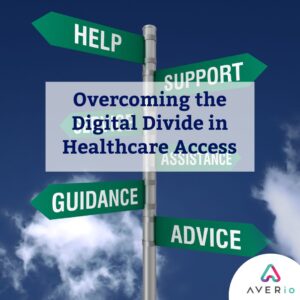
Overcoming the Digital Divide in Healthcare Access
The digital gap, defined as discrepancies in access to and use of digital technology, is a major topic in healthcare. Access to healthcare services and information in today’s digital era frequently relies on digital technologies and platforms. However, not everyone
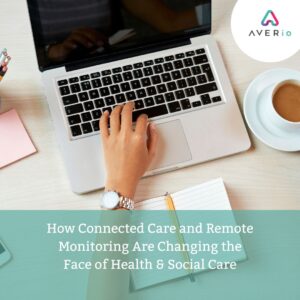
How Connected Care and Remote Monitoring Are Changing the Face of Healthcare
With the introduction of telemedicine and remote monitoring technology, the healthcare environment is undergoing a revolutionary transformation. These cutting-edge solutions are transforming healthcare delivery, making it more accessible, easy, and efficient. In this post, we will look at how connected
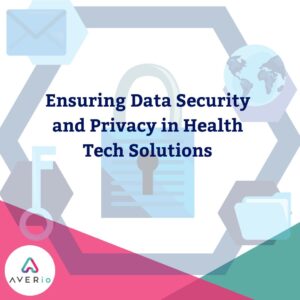
Ensuring Data Security and Privacy in Health Tech Solutions
The widespread adoption of health-tech solutions such as electronic health records (EHRs), telehealth platforms, and wearable gadgets has proclaimed a new era in healthcare. While these advancements have many advantages, they also pose serious issues about data security and individual

